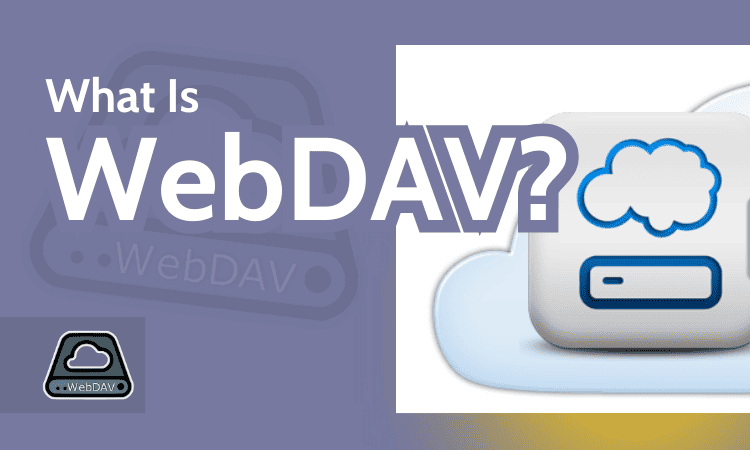COURTESY OF ALEXANDER REBEN
Reben is currently serving as OpenAI’s first artist in residence. The appointment officially began in January and is set to last for three months. However, Reben’s connection with the San Francisco–based AI company appears to be more informal: “It’s a little fuzzy, because I’m the first, and we’re figuring stuff out. I’m probably going to keep working with them.”
In reality, Reben has been collaborating with OpenAI for several years. Five years ago, he was given the opportunity to test an early version of GPT-3 before its public release. “I got to play around with that quite a bit and made a few artworks,” he recalls. “They were quite interested in seeing how I could use their systems in different ways. And I was like, cool, I’d love to try something new, obviously. Back then I was mostly making stuff with my own models or using websites like Ganbreeder [a precursor of today’s generative image-making models].”
In 2008, Reben pursued studies in math and robotics at MIT’s Media Lab. During his time there, he contributed to the creation of a cardboard robot named Boxie, which served as inspiration for the lovable robot Baymax in the film Big Hero 6. Currently, he holds the position of director of technology and research at Stochastic Labs, a nonprofit incubator for artists and engineers located in Berkeley, California. I had the opportunity to speak with Reben via Zoom about his work, the ongoing dialogue between art and technology, and the future of human creativity.
Our conversation has been edited for length and clarity.
You’re intrigued by the interactions between humans and machines. As someone involved in AI art, how do you characterize your relationship with technology? Is it a tool, a partner?
First and foremost, I don’t label myself as an AI artist. AI is simply another technological resource. If something else captures my interest post-AI, I wouldn’t confine myself to being solely an AI artist.
Interesting. But what draws you to these AI tools? What motivates you to explore this type of technology throughout your career?
My research at the Media Lab centered around social robotics, examining the various ways in which people and robots interact. One of the robots [Boxie] also dabbled in filmmaking. Essentially, it conducted interviews with individuals, and we discovered that the robot had a knack for getting people to open up and share profound stories. This was before Siri or similar technologies came into play. Nowadays, the concept of conversing with machines is commonplace. I’ve always been fascinated by the intertwined evolution of humanity and technology over time. Our current identity is, in part, shaped by technology.





















